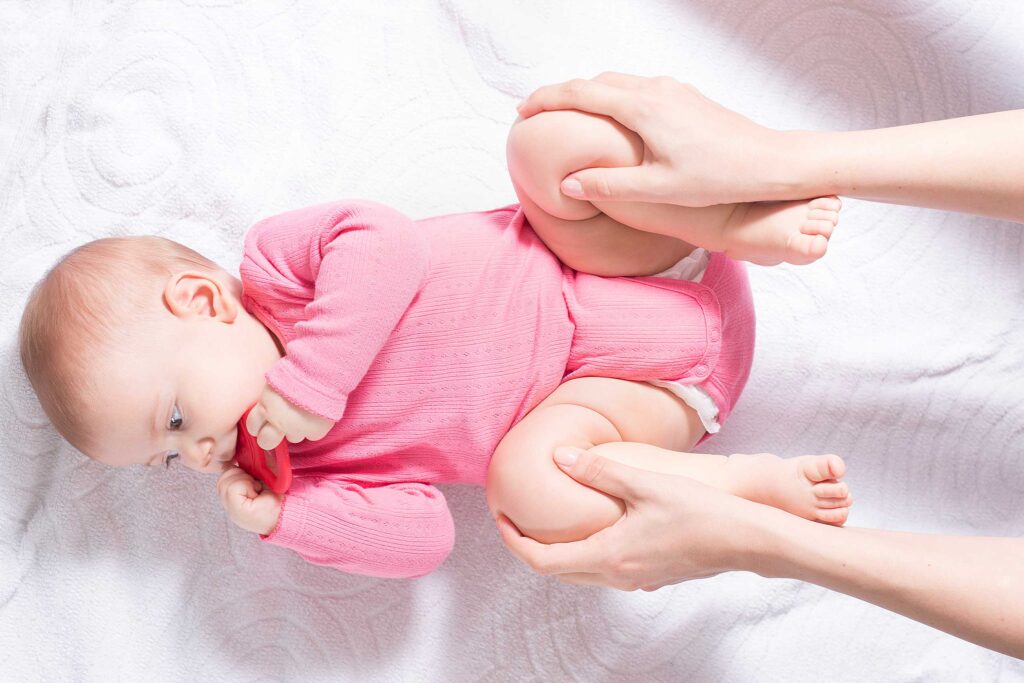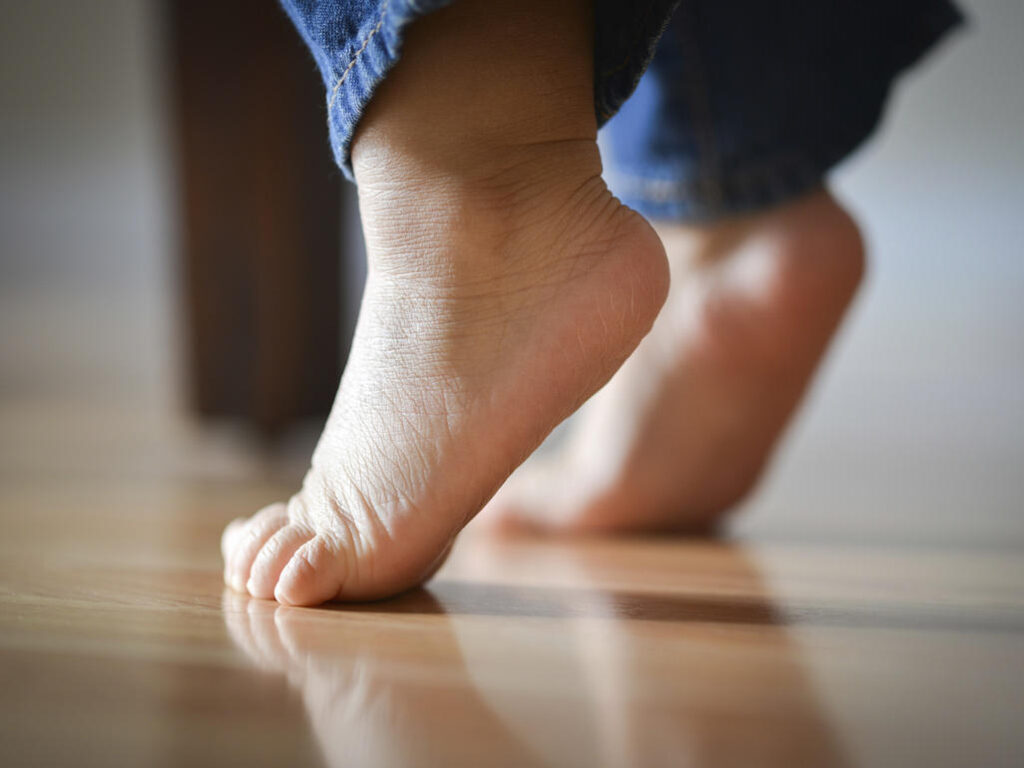
Why Treat Hip Dysplasia in Children?
Dysplasia of the hip can be a debilitating condition, causing chronic pain and difficulty with movement. In infants and young children, though, it can often be treated effectively with a combination of exercises and physical therapy. However, severe cases may require surgery to correct the hip disorder. Here’s why it’s important to treat hip dysplasia in children:
Improve Quality of Life
Children with developmental dislocation of the hip may have difficulty participating in everyday activities such as walking, running, or playing sports. Treatment can help improve their overall functioning and make it easier for them to do things like climb stairs, get in and out of bed, or play sports. Thus, seeking hip dislocation treatment can help improve their quality of life by improving mobility and overall body functionality.
Prevent Development of Complications

Untreated hip dysplasia can lead to arthritis, a chronic condition that causes pain and inflammation in the joints. Earlier treatment can help prevent this from happening.
Improve Appearance
Developmental dislocation of the hip can cause the hips to look asymmetrical or “deformed.” Treatment can help improve the appearance of the hips and make them more symmetrical. Remember, a great physical appearance can enhance your child self-esteem in life.
Improve Overall Health

Hip dislocation can also lead to problems in other body parts, such as the spine. Spinal problems can cause back pain and other health problems. These issues can be averted by having your child get hip dysplasia treatment.
Reduce Need for Surgery in the Future
Many children with hip dysplasia do not require surgery if treated at a young age. Braces and physiotherapy can be used for minor deformities of a child having developmental dislocation of the hip. However, surgery may be the only option if the disorder is not corrected until adulthood.
Minimize the Risks of Disability in Future

If left untreated, hip dislocation can cause a child to develop a limp and experience pain in their hips as they get older. This can lead to difficulty walking or even needing help with activities of daily living. Receiving treatment for hip dysplasia at an early age minimizes these risks and helps your child live a healthy life without disability.
Improve Bone Structure and Strength
Hip dysplasia can also cause the bones in the hip joint to weaken over time. Receiving treatment for developmental dislocation of the hip helps improve bone structure and strength, which can help prevent arthritis from developing.
Enhance Muscles Functioning

Physiotherapy is often recommended in conjunction with treatment for hip dislocation. Treating the dislocation helps improve the muscles functioning around the hips and prevents joint pain from developing.
Conclusion
Hip Dysplasia is a common congenital disability that can cause pain, difficulty walking and problems later in life if left untreated. Fortunately, early diagnosis and treatment can help children with developmental dislocation of the hip live healthy lives. If you suspect your child has hip dysplasia, you can contact Steps Worldwide organization for assistance, especially if you cannot cater for your child’s medical bill. The charity organization is willing to help your child in good body functioning.